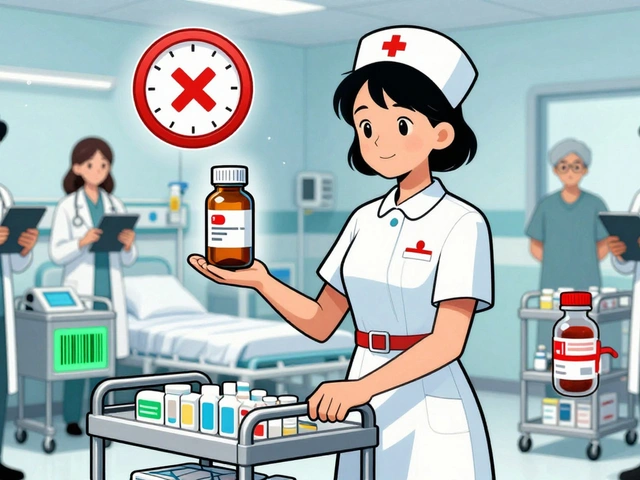Supplement Guide – Safe Picks for Everyday Health
Looking for a boost without a prescription? Supplements can fill nutrition gaps, support workouts, or ease everyday stress. But the market is noisy, and not every bottle lives up to its hype. In this guide we’ll break down what to watch for, how to pick quality products, and which common supplements actually deliver.
How to Spot a Trustworthy Supplement
First, check who’s behind the label. Reputable brands usually have a transparent website, list third‑party testing (USP, NSF, or ConsumerLab), and show batch numbers on each bottle. If the company hides lab results or only offers vague “clinically proven” claims, walk away. A quick Google search of the brand name plus “review” or “scam” can reveal red flags before you spend a dime.
Next, look at the ingredient list. Whole‑food extracts, isolated nutrients, and clear dosages are easier to evaluate than proprietary blends that hide exact amounts. For vitamins and minerals, aim for amounts close to the Recommended Dietary Allowance (RDA) unless your doctor tells you otherwise. Over‑dosing on fat‑soluble vitamins (A, D, E, K) can cause toxicity, so less isn’t always worse.
Popular Supplements and What They Actually Do
Glucosamine Hydrochloride – You’ll see it in joint health sections. Many users report reduced stiffness, especially when combined with chondroitin. The evidence is mixed, but if you’re dealing with mild osteoarthritis, a low‑dose trial (1500 mg daily) is worth a try.
Omega‑3 Fish Oil – Good for heart health, inflammation, and brain function. Look for “triglyceride” form or “re‑esterified” to improve absorption. A typical dose is 1‑2 g of EPA/DHA combined per day.
Vitamin D3 – If you spend most of your time indoors, supplementing 1000‑2000 IU daily can support bone health and immunity. Get your blood level checked if you’re unsure; a simple test tells you if you need more or less.
Probiotic blends – They’re great for gut balance after antibiotics or during travel. Choose products with at least 10 billion CFU and strains like Lactobacillus rhamnosus or Bifidobacterium lactis. Remember, “live cultures” need to be stored cold or in a moisture‑proof packet.
When you add a supplement to your routine, start with one product at a time. That way you can spot any side effects—like stomach upset from magnesium or headaches from high‑dose B‑complex—and adjust accordingly.
Finally, keep the conversation open with your healthcare provider. They can flag interactions (e.g., St. John’s Wort with antidepressants) and help you determine if a supplement is truly needed. With the right checks, supplements become a handy tool, not a gamble.
Now that you know how to evaluate, choose, and use supplements safely, you can feel confident about the extra boost you’re adding to your health plan. Remember: quality matters more than quantity, and a little research goes a long way toward better results.

Tyrosine: The Top Brain Booster for Success & Well‑being
Discover how Tyrosine fuels neurotransmitters, sharpens focus, and supports mood. Learn dosage, safety, and real‑world results for lasting mental edge.
View More




